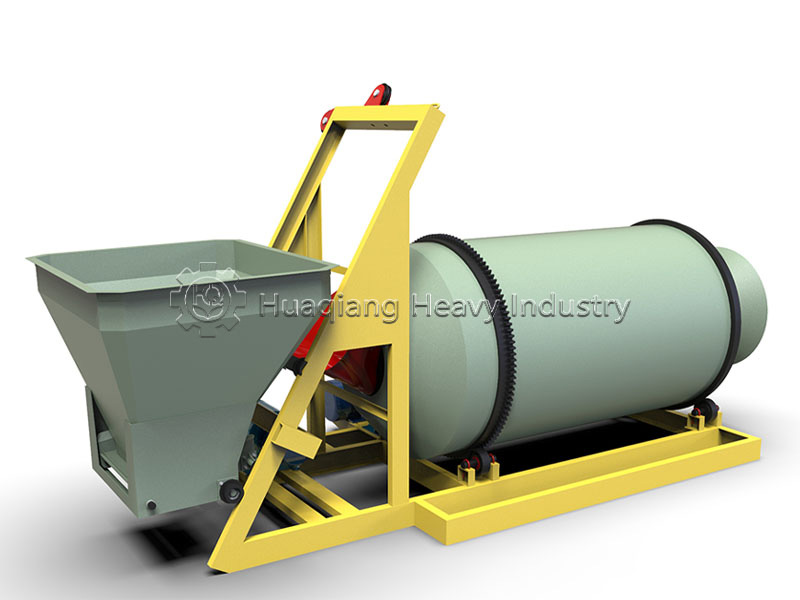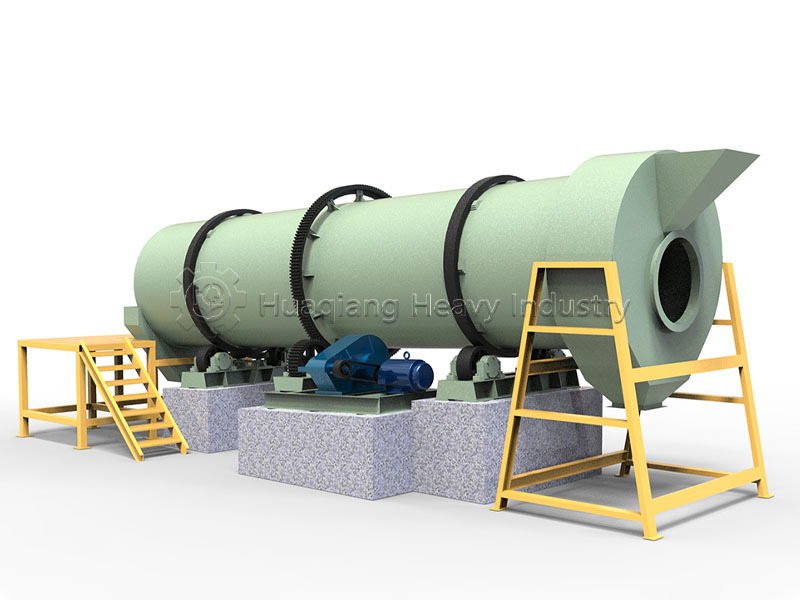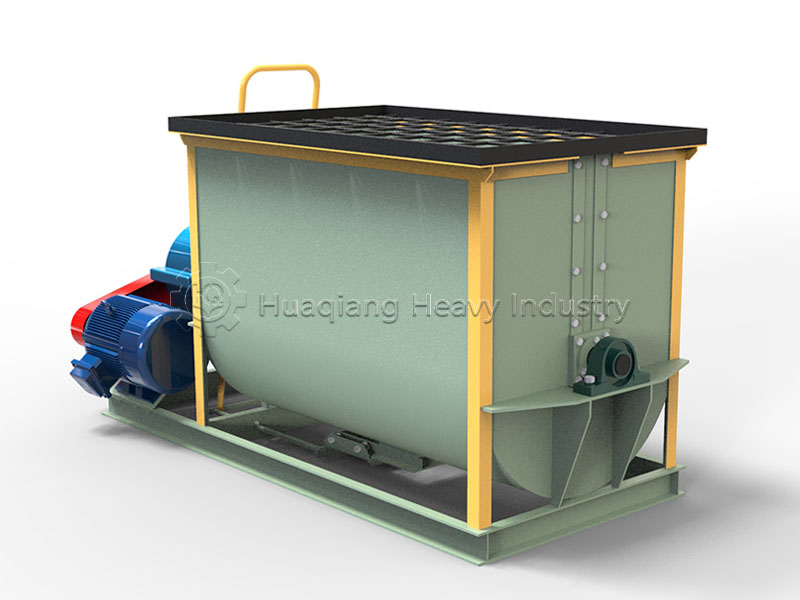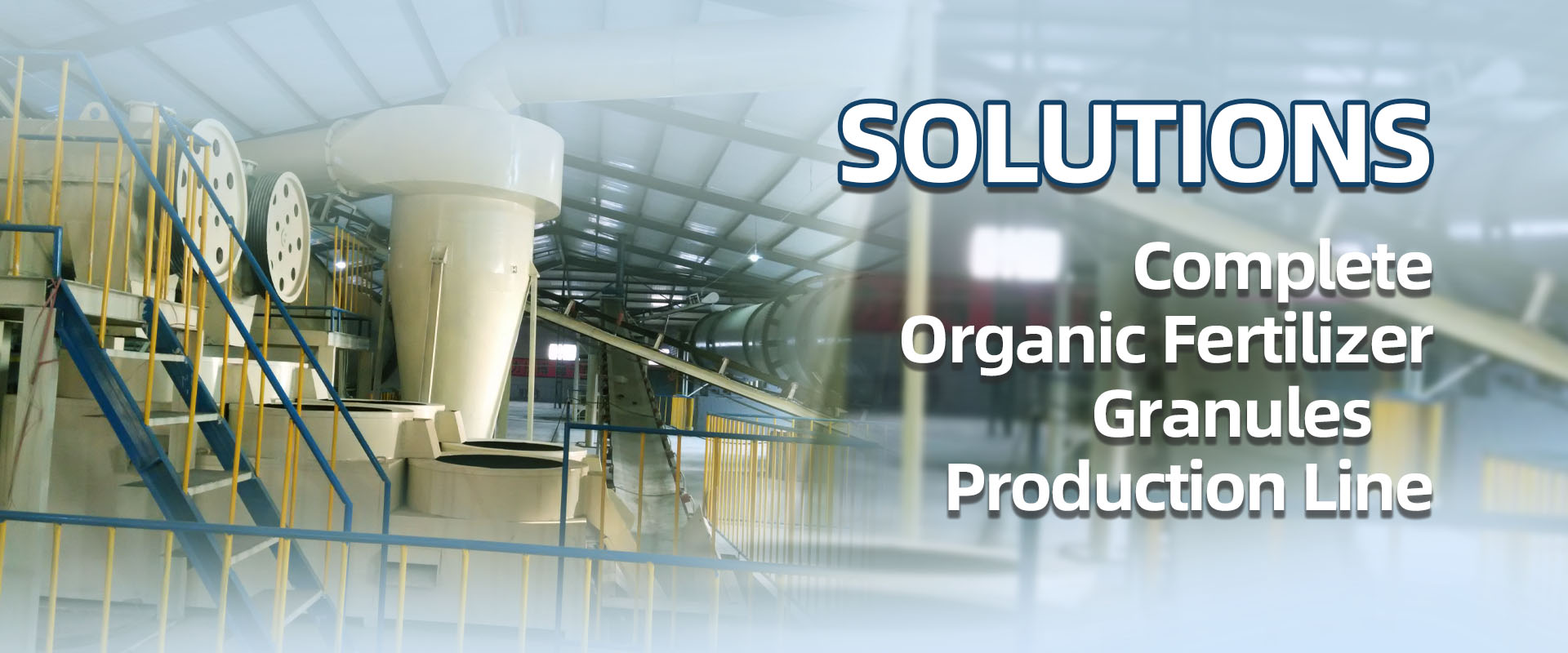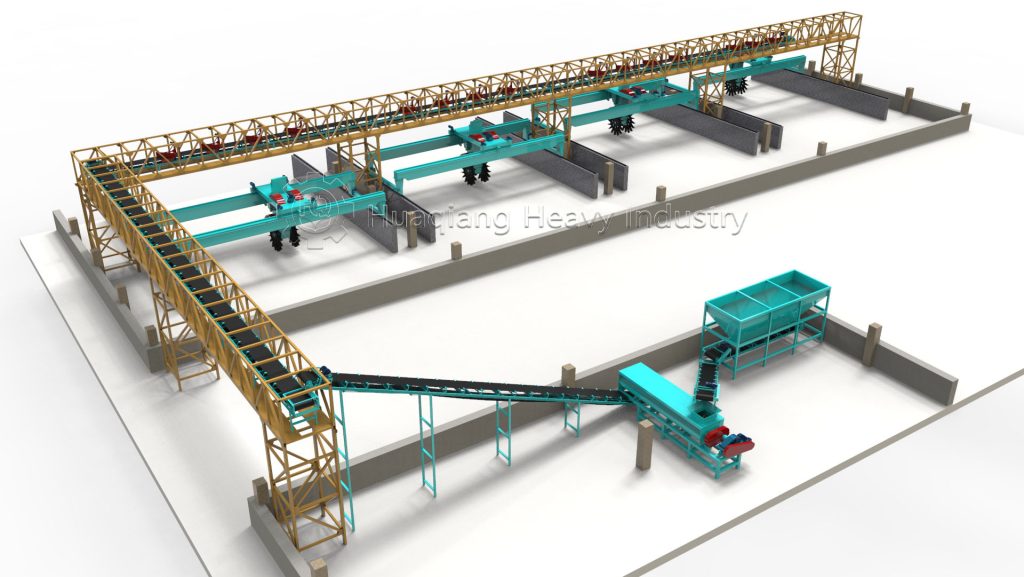Chain Compost Turner: Revolutionizing Continuous Fermentation
In the field of organic fertilizer production, chain compost turners are becoming core equipment for medium to large organic fertilizer production bases with their unique continuous operation capability and efficient processing performance. This innovative equipment achieves continuous and automated fermentation processes through chain transmission systems, providing more efficient solutions for large-scale organic waste treatment.
Innovative Continuous Operation Design
The core design concept of chain compost turners lies in their continuous operation capability. Unlike traditional turning equipment requiring batch processing, chain compost turners can work continuously throughout the entire fermentation process. This design utilizes circulating chains to drive turning teeth and scrapers, enabling materials to complete turning, mixing, and aeration simultaneously during transportation, significantly improving production efficiency.
The ingenuity of chain transmission systems lies in their multi-dimensional turning effects. Materials are lifted from the bottom upward and pushed forward by the chains, achieving three-dimensional mixing effects of “up-and-down tumbling and forward pushing.” This design increases material-to-air contact area by 2-3 times, significantly improving oxygen supply efficiency and creating ideal conditions for aerobic fermentation.
Wide Range of Material Adaptability
Chain compost turners demonstrate excellent adaptability to various organic raw materials. Whether dealing with livestock manure, crop straw, industrial organic waste, or municipal sludge, all can be effectively processed through this equipment. The equipment can handle various raw materials with moisture content between 55%-65%, regulating fermentation parameters through precise control systems to ensure ideal fermentation effects for materials with different characteristics.
For high-fiber materials like straw, the equipment’s crushing blades effectively tear fiber structures; for easily compacted livestock manure, chain turning systems fully loosen materials. This multifunctionality enables the equipment to meet various complex production requirements.
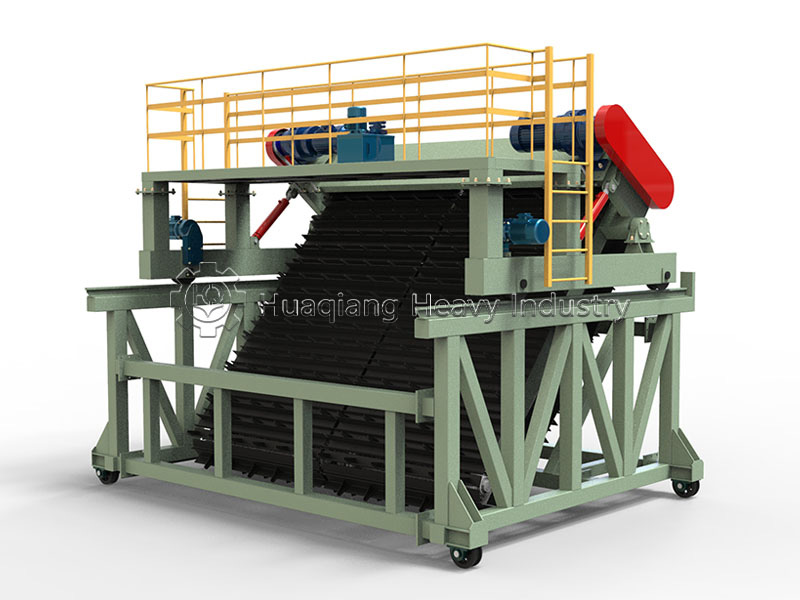
Intelligent Operation Control
Modern chain compost turners are equipped with advanced intelligent control systems, greatly reducing operational difficulty. Through PLC controllers and touchscreen interfaces, operators can easily set and adjust various parameters including chain speed, travel speed, and turning depth. Sensor systems monitor material temperature and humidity in real-time, automatically adjusting operational parameters.
Improved automation not only reduces labor requirements but also enhances consistency and stability of fermentation processes. The equipment can automatically adjust working modes according to different fermentation stages, ensuring the entire fermentation process remains in optimal condition. This intelligent operation makes large-scale production more controllable and efficient.
Optimized Fermentation Process
The application of chain compost turners requires coordination with scientific fermentation processes. From raw material pretreatment to standardized windrow arrangement, then to phased turning fermentation, each stage requires careful design. The equipment can automatically adjust working parameters according to fermentation progress, ensuring materials complete decomposition within the optimal temperature range of 60-70°C.
The entire fermentation process typically requires 15-25 days, significantly shortened compared to traditional methods. High-temperature environments not only accelerate organic matter decomposition but also effectively eliminate pathogenic microorganisms and weed seeds, ensuring final product safety.
Maintenance and Sustainable Development
To ensure long-term stable equipment operation, scientific maintenance is crucial. Regular lubrication of transmission components, wear condition inspections, and equipment surface cleaning can significantly extend equipment service life. Wear parts like chains and turning teeth are manufactured from wear-resistant materials and can be conveniently replaced after wear.
In today’s pursuit of sustainable development, chain compost turners not only solve treatment challenges of large-scale organic waste but also provide high-quality organic fertilizer for agricultural production. This recycling model reduces environmental pollution, improves soil quality, and makes important contributions to sustainable agricultural development. With continuous technological advancement, this equipment will continue playing key roles in organic fertilizer production and environmental protection.
Integrated Composting and Fertilizer Production Systems
The chain compost turning machine represents a key innovation in modern fermentation composting technology for organic fertilizer, providing continuous operation within advanced trough-type aerobic fermentation composting technology systems. This specialized fermentation composting turning technology works synergistically with other pre-composting processing equipment, such as the trough-type compost turner for controlled environments and the large wheel compost turner for large-scale outdoor operations. Together, these form the essential equipments required for biofertilizer production, ensuring efficient organic matter decomposition and stabilization.
Following complete fermentation, the matured organic material is integrated into a complete bio organic fertilizer production line. This system typically includes a disc granulation production line to transform the compost into uniform, market-ready granules. The seamless connection between advanced fermentation composting technology and precision granulation processes demonstrates how modern organic fertilizer production creates value from waste streams. This integrated approach optimizes resource utilization while producing high-quality organic fertilizers that improve soil health, support sustainable crop production, and contribute to circular agricultural systems through efficient organic waste conversion and value-added product creation.


